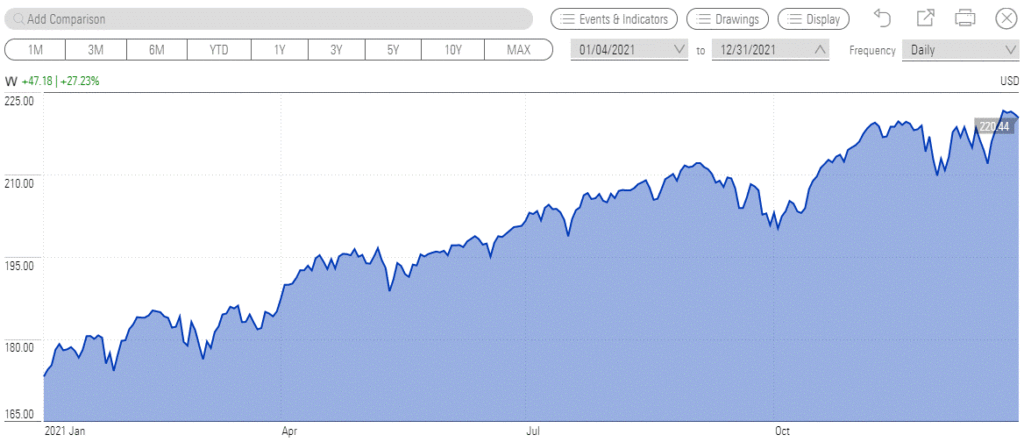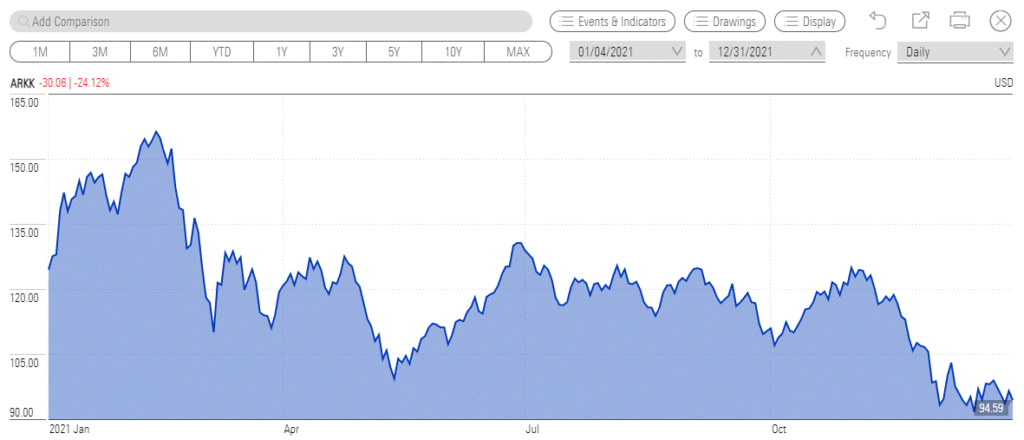365.256. According to Wikipedia 365.256 is the number of Earth rotations it takes for our planet to fly around the nearest star and return more or less to the original spot. Since we humans have learned this, we’ve been keeping track of our trips. We are now in the earliest part of the one we call 2022.
It’s convenient and oh, so very natural to use the period required to complete one trip around the star as one of our basic measurements of time.
Q: How old are you?
A: I have flown around the star 45 times.
Q: When do you plan to retire?
A: Just 15 more trips around the star.
Q: How often do you review your cash flows, investments, insurance coverages, tax and estate planning, employee benefits, etc. with your CFP Professional?
A: Generally, once per trip around.
Since we have just begun a new trip around our star, now would be a good time to review items that might require decisions and/or actions in order maintain the efficiency of your operation. Call us or schedule an appointment to discuss any questions prompted by your review of the issues presented.
What Issues Should I Consider at The Start of Trip 2022
FPAI Investment clients, your 4th quarter reports have been posted.
As an investment adviser we have been somewhat frustrated during the past two years. Faced with an extraordinary global health crisis we took an action in 2020 that we do not usually take. We reallocated many of our more conservative accounts toward less market risk and more safety. As a result, those accounts did not fully participate in the market recovery that followed. Our less conservative client accounts did very well.
It should be noted that during the past decade of very low interest rates we have not added to the risk of our portfolios by increasing our allocation to equities. In decades past, our allocations to fixed income securities have typically been between 35% and 65% and those securities have returned around 5% annually, sometimes more as interest rates trailed downward. Some investors during the past decade have traded their bond positions for equity positions because of the low interest yields. We see our purpose to be firstly managing risk, and therefore have not participated in that strategy.
During 2021, as in previous years our core equity holding was the Vanguard US Large Cap equity fund, which gained value.

Having reduced our equity participation in our more conservative accounts in 2020, during 2021 most of our accounts were re-positioned back to their strategic allocations, and in some cases at the urging of some clients, accounts were re-allocated for greater risk and hopefully greater return than before. In those cases it is my expectation that the anticipated greater return will be realized – eventually. One sometimes costly lesson learned by investors is that long term investment success usually requires holding investments for the long term.
Some of our equity holdings did not do well last year. The ARK Innovation ETF lost favor with investors in 2021. Small and mid-cap companies and technology-based companies except for the NASDAQ 100 generally lost value or gained slightly.

ARKK, the ARK Innovation ETF invests in growth companies of any size if their researchers believe that the stock valuations will benefit from new disruptive technologies in artificial intelligence, DNA sequencing, blockchain, robotics, etc. This portfolio should not be considered the core equity holding for investors but should be a minor portion of a growth strategy. Our more conservative clients may have a small position in ARKK, or no position. Clients desiring higher investment returns over time will hold more of ARKK. The fund’s annual returns since inception are shown below.

So, the ARK Innovation fund lost 24% of its value last year. Is it time to sell? We don’t think so, in fact we added to the ARKK positions in our more aggressive client accounts during recent months. We will likely add more during coming weeks and/or months. The current increase in the inflation rate and the FED’s response will likely continue to be hard on many of the ARKK holdings, but I expect investors who endure the current suffering will be rewarded in time. Hopefully, we will see our reward before we have completed our current trip around the star. In spite of its volatility ARKK’s annualized return during the past 5 years is +34%.
So, in summary: during 2020 and 2021 our typical client’s account gained value, but not as much as we would expect, or have experienced under more normal conditions. Of course, there are always many factors at play and results always vary, especially during relatively short periods of time. Throughout the past two years we were motivated – as we always are – by a desire to manage investment risk and to help our clients accomplish their financial objectives.
PS. There have been quite a few words and pictures since I recommended that you review the annual checklist in the first section, and we wouldn’t want you to injure your wrist or finger scrolling all the way back to the top, so I’m going to give you that link again here. You’re welcome.
What Issues Should I Consider at The Start of Trip 2022
Note: The calculation used to determine investment returns experienced by our clients is called the internal rate of return. It is cash flow specific and is net of all fees and expenses. Investment return information is provided by Morningstar using GIPS standards.
Financial Planning Associates, Inc. is an investment adviser, registered in the State of Missouri. As such we are required annually to offer to provide to our clients a copy of the current version of our adviser’s brochure and privacy policy. These documents are continuously posted on this website. You can locate them toward the bottom of the front page in the Quick Links area. They are entitled Brochure and Privacy Policy, respectively.

